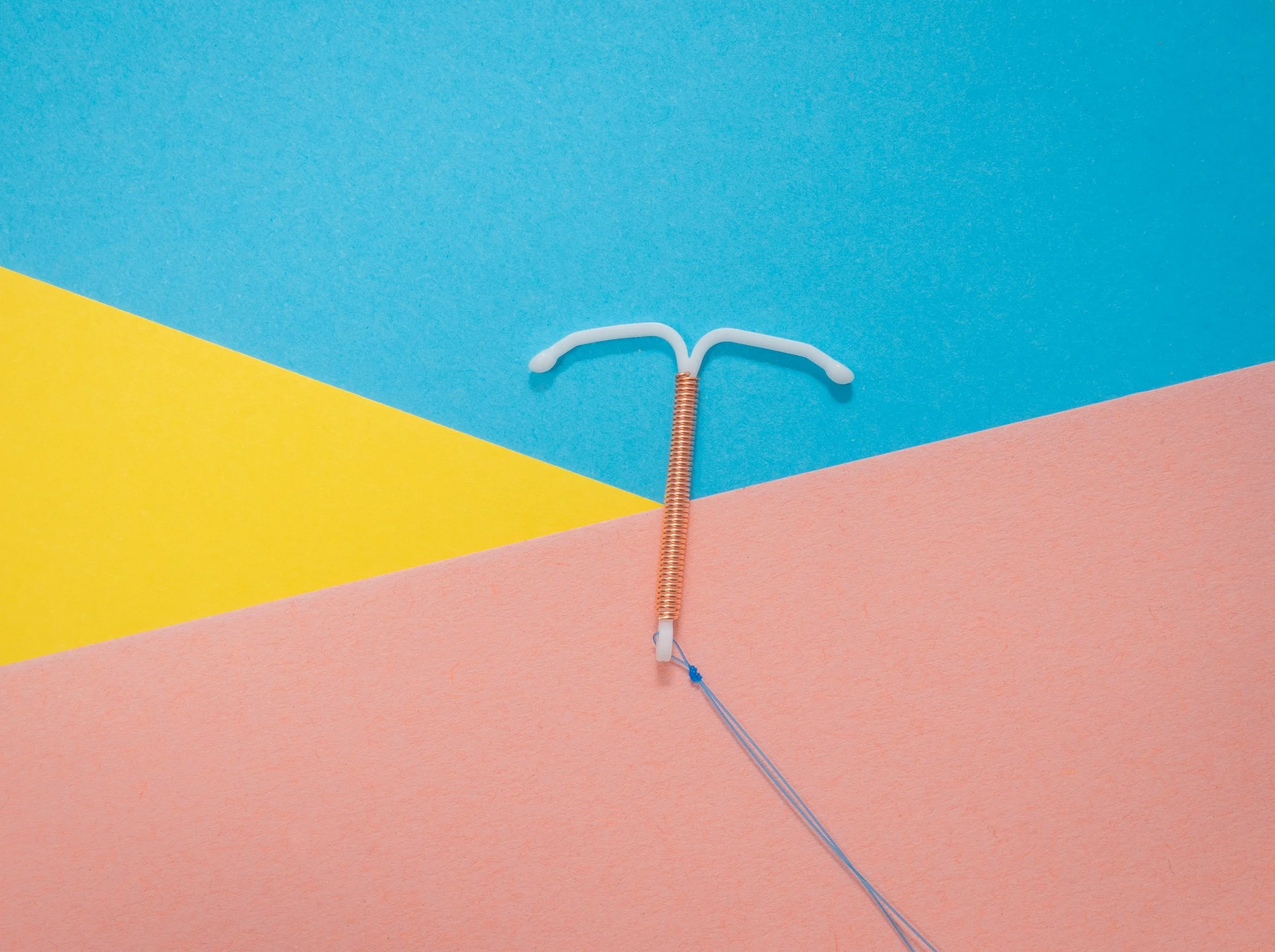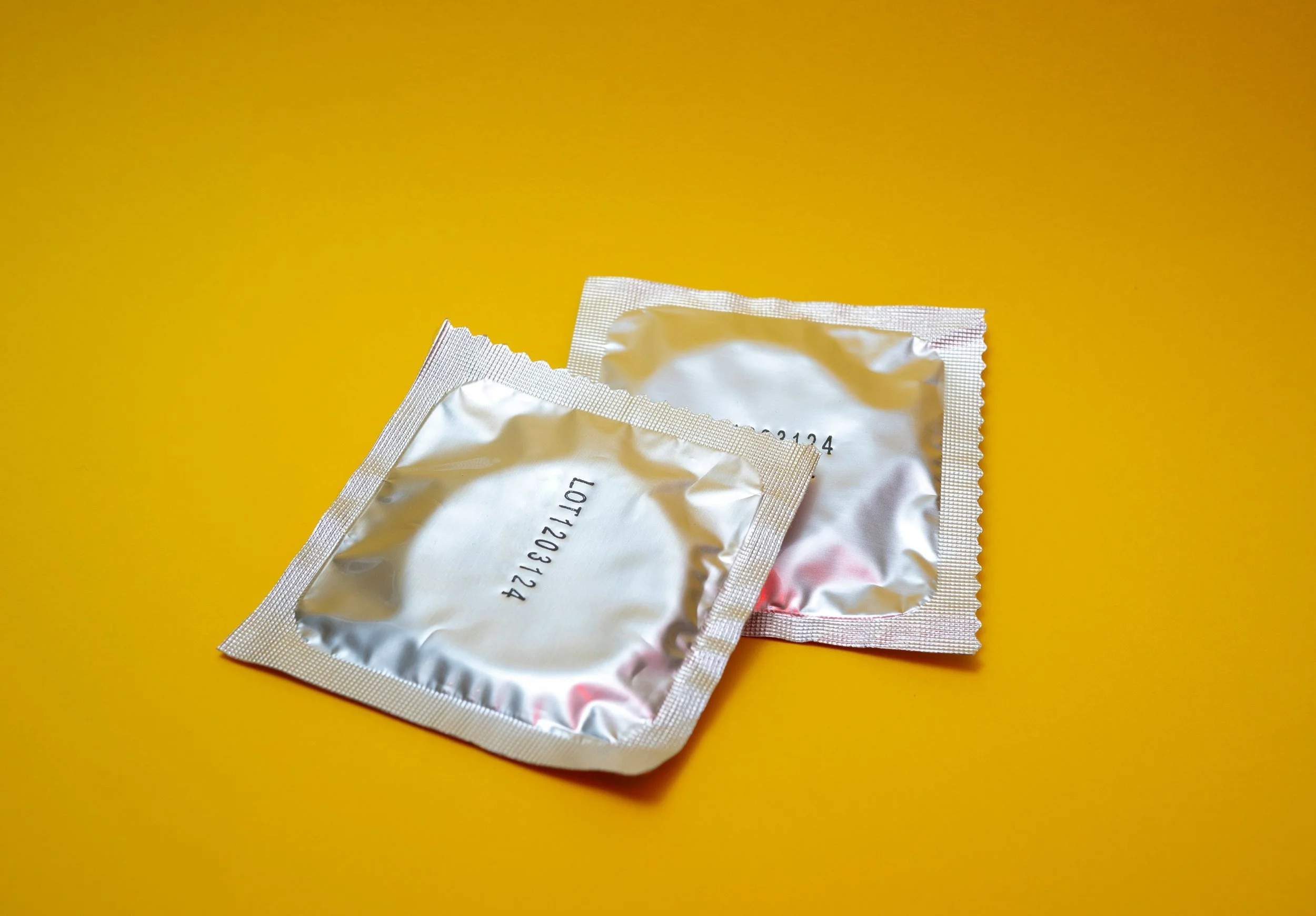Your Guide to Contraception: Making the Right Choice for You
Empower Your Choices: A Complete Guide to Contraception for Every Lifestyle and Need. (PHOTO: Reproductive Health Supplies Coalition)
By Dr Laylah Fayker | MBChB (STELL)
Choosing the right contraception is a personal decision and with many options available, it can easily feel overwhelming. Deciding which method to use becomes easier when you can make an informed choice based on how each method works, its benefits, and what to consider for your body and lifestyle.
In this guide, we will break down everything you need to know about contraception, from hormonal and non-hormonal options to common myths and accessibility. Whether you’re looking for short-term protection, long-term solutions, or something hormone-free, we’ve got you covered.
Let’s explore the A-Z of contraception so you can take control of your reproductive health with confidence.
What is contraception?
It is the act of preventing pregnancy, which can be done by medication, surgical interventions, devices or changes in behaviour.
Contraception plays a critical role in reproductive health, empowering individuals and couples to plan families and prevent unintended pregnancies. Various methods are available for men and women and they vary according to its mechanism, efficacy, benefit, availability and affordability.
Aside from assisting with pregnancy prevention, it’s also used to assist with regulating menstruation, managing diseases like endometriosis and PCOS, and hormone regulation after menopause. Contraceptive methods are divided into hormonal and non-hormonal contraceptive methods.
HORMONAL CONTRACEPTIVES
These methods use synthetic compounds that alter the function of the reproductive system, allowing it to prevent pregnancy. Some hormonal methods increase cervical mucus, which prevents the sperm from entering the fallopian tubes while others prevent ovulation entirely.
NON-HORMONAL CONTRACEPTIVE
These use no hormones to alter the reproductive system but rather other means of preventing sperm from fertilising. This includes barrier contraception methods like the condom along with the copper intrauterine device (IUD).
Birth control pills regulate cycles, prevent pregnancy, and support hormonal balance. (PHOTO: Reproductive Health Supplies Coalition)
FEMALE CONTRACEPTION METHODS
Women have a wider range of contraceptive options that allow for flexibility in choosing a method that suits their health, lifestyle and family planning goals. These methods are divided into four categories: short-term/short-acting, medium-acting, long-acting and permanent methods.
1. SHORT-ACTING
1.1 Birth Control Pills (Hormonal)
What is it: It is a tablet which consists of synthetic hormones, which are chemical compounds that mimic the function of naturally occurring hormones in the body. The pills are made up of either a mix of estrogen and progestin or progestin alone and they prevent ovulation.
The pills are taken in a 28-day cycle and contain three weeks of active (hormone) pills with one week of placebo pills (non-hormonal).
Efficacy rate: 91% with typical use
Advantage: This method helps regulate irregular menstrual cycles and reduces acne, dysmenorrhea (painful periods) and menorrhagia (heavy periods).
Disadvantage: The pills must be taken daily at the same time or within a two-hour window or they will lose their effectiveness. There are side-effects to taking the pill which include nausea, mood changes and weight gain. If you were to be taking an antibiotic medication for another condition while on the pill, it would decrease its effectiveness and barrier contraception like condoms is advised at this time.
Female condoms offer both pregnancy prevention and STI protection. (PHOTO: Reproductive Health Supplies Coalition)
1.2 Female Condoms (Non-hormonal)
What is it: It is a polyurethane pouch which gets inserted into the vagina to block sperm from entering. This needs to be inserted 20 minutes before sexual activity.
Efficacy rate: 79% with typical use
Advantages: This barrier-contraception method protects against STIs.
Disadvantages: This method requires planning which is not always ideal in spontaneous sexual encounters. It has a higher failure rate when compared to male condoms as they tend to dislodge due to varying female anatomy or non-ideal use (a usage scenario that deviates from the intended or optimal way of use).
2. MEDIUM-ACTING
2.1 Contraceptive Patch (Hormonal)
What is it: It is an adhesive patch or plaster that gets applied to the skin which releases oestrogen and progestin. The patch gets applied on a weekly basis for three weeks and it is then advised to have a patch-free week to induce a period.
Efficacy rate: 91% with typical use
Advantages: It is easier to use and more flexible with use when compared to the pill.
Disadvantages: The patch is visible on the skin and is not as discrete depending on its placement. The adhesive may cause skin irritation if the application area is not alternated.
Stick, wear, and protect - hormonal contraception in an easy-to-use weekly patch. (PHOTO: Reproductive Health Supplies Coalition)
2.2 Vaginal Ring (Hormonal)
What is it: It is a flexible ring placed in the vagina which releases oestrogen and progestin. A new ring gets inserted monthly.
Efficacy rate: 91% with typical use
Advantages: It helps regulate your period.
Disadvantages: It can be difficult to use when you are not familiar with inserting devices into your genital tract. It takes time to be placed correctly, and due to its location in the vaginal canal, it may cause irritation.
3. LONG-ACTING REVERSABLE CONTRACEPTIVES
These are considered to be the most effective form of contraception available and are deemed better than surgical sterilisation. The failure rate for these options are less than 1 woman per 100 women per year.
3.1 Intrauterine Device (Hormonal and non-hormonal)
What is it: It is a small, T-shaped device which gets inserted into the uterus. The device can be hormonal or copper-based, which is non-hormonal. The hormonal IUD releases progestin, while copper IUDs release ions that are toxic to sperm, thus killing it before it can fertilise.
Efficacy rate: 99% for hormonal and non-hormonal
Advantages: This is a fitting contraceptive method for patients who are not ready to have children in the immediate future and generally lasts between three and ten years. The IUD is low-maintenance after insertion and only requires periodic check-ups.
Disadvantages: The procedure for insertion can be uncomfortable but this is combatted by anaesthesia or procedural sedation. It can cause irregular bleeding initially which will resolve over time. While the copper IUD provides contraception, it can make periods heavier and painful due to the size and lack of hormones.
IUD’s provide long-term contraception with over 99% effectiveness. (PHOTO: Reproductive Health Supplies Coalition)
3.2 Contraceptive Implants (hormonal)
What is it: It is a small rod inserted under the skin of the upper arm. It releases progestin slowly over a few years. Insertion and removal require a healthcare provider.
Efficacy rate: 99%
Advantages: Depending on the type of implant, it remains effective for three to five years and requires no daily maintenance.
Disadvantages: You may or may not have a period or spotting, but irregular bleeding has been reported in the first few months.
3.3 Contraceptive injections (hormonal)
What is it: It is an injection of progestin which prevents ovulation for two to three months, depending on which injection you’ve opted for. To maintain this type of contraceptive, regular appointments are required.
Efficacy rate: 94% with typical use
Advantages: It is private and convenient as it is only one injection every two to three months. In most cases, it stops menstruation.
Disadvantages: The most common side effect is weight gain and a slow return to a normal menstrual cycle. This method does not prevent STIs. In some cases, amenorrhea or a lack of a period may be unwanted.
4. PERMANENT
What is it: Tubal ligation is a surgical procedure that blocks or cuts the fallopian tubes to prevent eggs from reaching the uterus. It is done by an OBGYN under general anaesthetic in a theatre.
Efficacy rate: 99%
Advantages: This procedure is ideal for patients who feel they have completed their families or wish to not have children.
Disadvantages: As it is a permanent form of contraception, it is irreversible.
Condoms are a key part of safe sex. (PHOTO: Reproductive Health Supplies Coalition)
MALE CONTRACEPTION METHODS
The range of contraception for men is fewer compared to those available for women yet is still effective. All male contraceptives are non-hormonal.
1. Condoms
What is it: Condoms are thin sheaths made of latex, polyurethane or natural materials that cover the penis during intercourse. They work by preventing sperm from entering the vagina.
Efficacy rate: 85 – 98% effective
Advantages: They protect against sexually transmitted diseases as they form a barrier. They are easy to obtain and use, and there are no side effects. They can be used on demand and come in various designs to enhance the sexual experience.
Disadvantages: If not used correctly they can break or slip off. Some individuals may have allergies to latex which can cause a rash or irritation.
2. Vasectomy
What is it: It is a minor surgical procedure that involves cutting or blocking the vas deferens – the tubes which carry sperm from the testicles. It prevents sperm from mixing with semen during ejaculation.
Efficacy rate: 99%
Advantages: It is a permanent form of contraception and offers a quick recovery time. It
Disadvantages: As it is a permanent form of contraception, it is irreversible.
HOW WE CAN HELP YOU:
At our practice, we can assist with all forms of female contraception aside from the insertion of the copper and hormonal IUD.
Our contraceptive consultation includes:
Consultation and examination
A urine test to check for pregnancy and to see if a urinary tract infection is present. The latter is done as certain contraceptives can worsen an infection.
The contraceptive will be administered if it is something that can be done in the consultation rooms. If it requires a prescription, we will provide you with one.
For permanent contraception, referrals will be made to the relevant specialist.
REMEMBER, contraceptives are not a one-size-fits-all solution. It may take some trial and error but we are committed to finding the ideal formulation for you. Contact our practice today to book your contraception consultation.
SOURCES: National Library of Medicine, Essential Medicines List of South Africa 2020, Very Well Health






